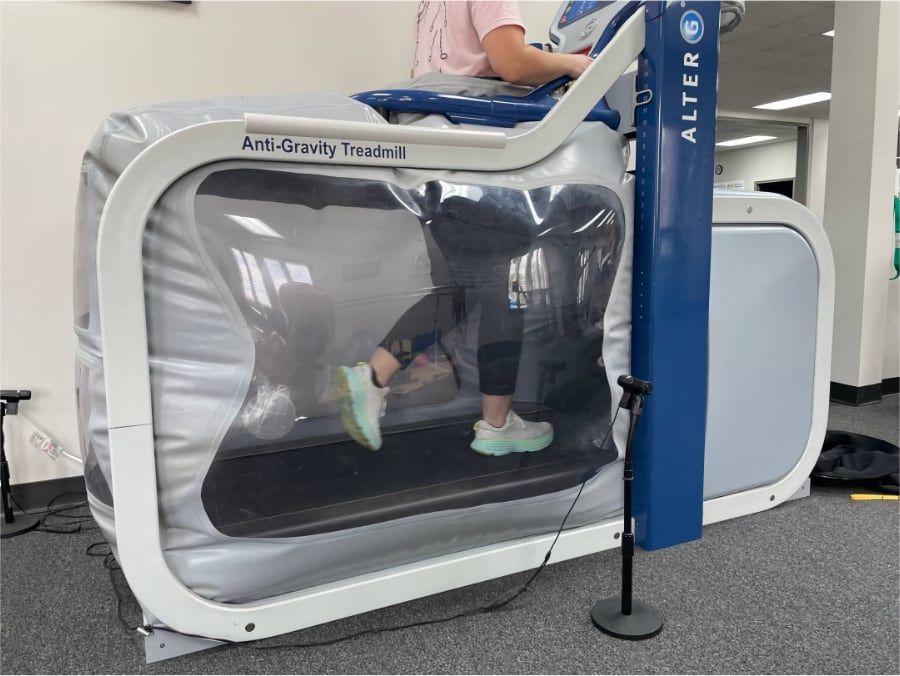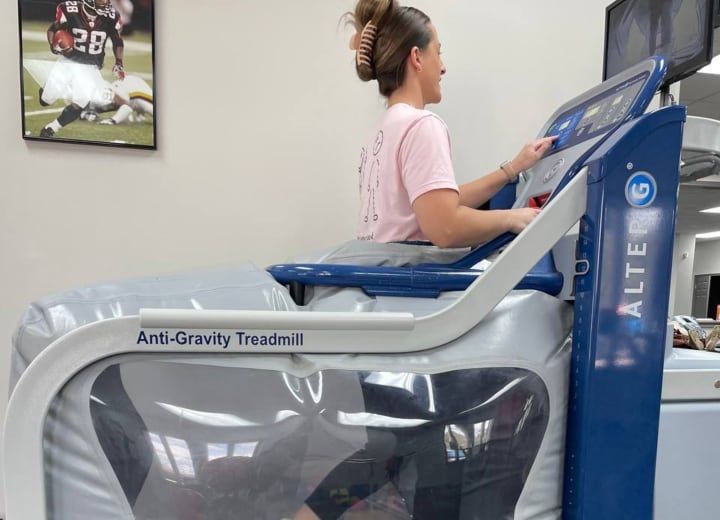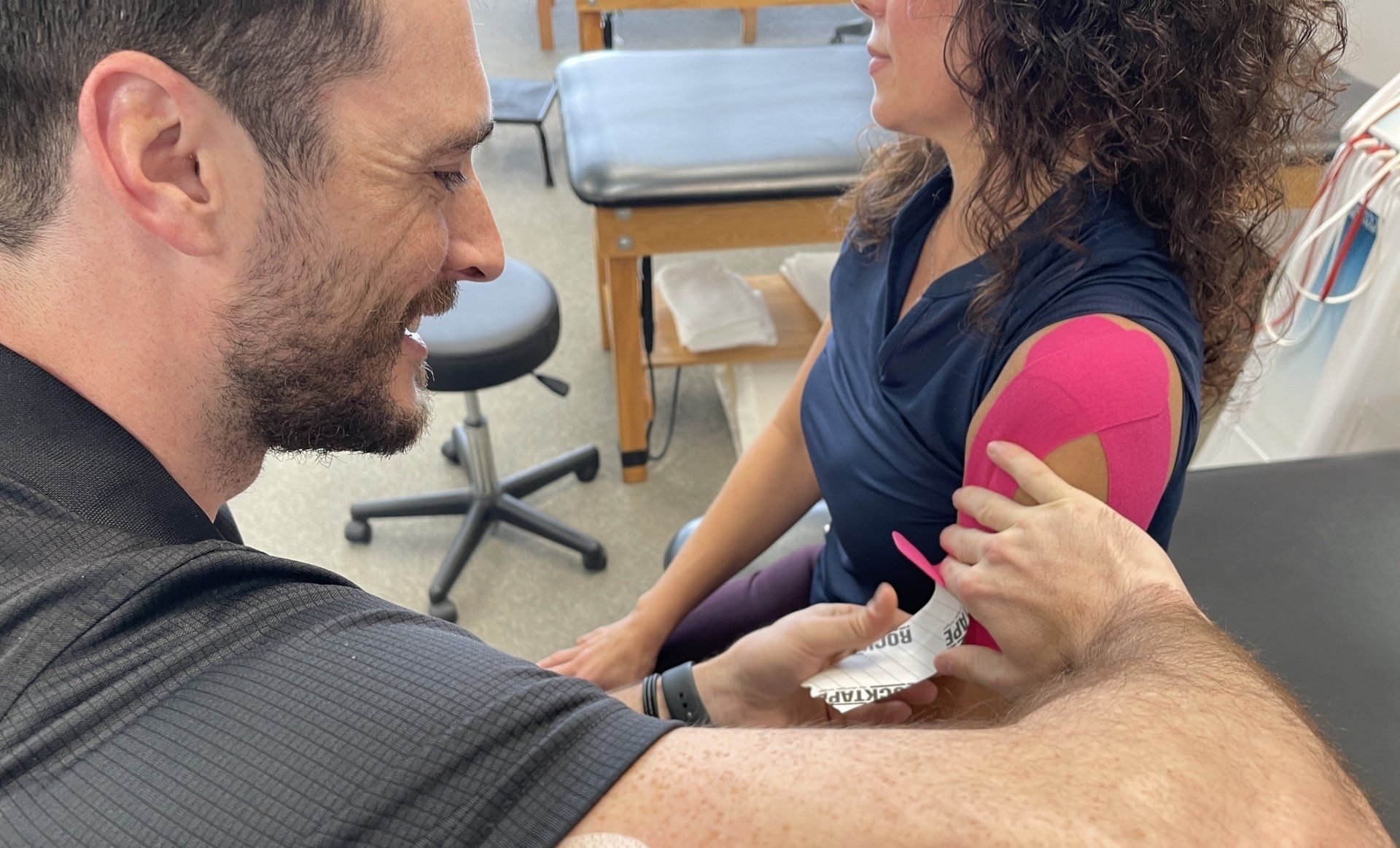What is Musculoskeletal Therapy and How Does it Help?
The body is a complicated combination of systems that work together. When one of these systems experiences injury, wear-and-tear, or other issues that stop it from functioning properly, the entire body can be affected. Dealing with an injury or chronic condition that causes pain can make it difficult to move in a way that promotes overall body health - even just getting through the day can be challenging.
If you've been in a car accident where you sustained a musculoskeletal injury, have issues from overuse (like carpal tunnel syndrome), you're not alone--and you can recover. Physical therapists are musculoskeletal experts who can work with you to help you overcome injury, improve your range of motion, and boost your overall health.
Here, we'll explore what you need to know about musculoskeletal therapy, conditions that can benefit from a musculoskeletal therapy plan, what to expect from your first physical therapy appointment, and how working with a physical therapist can help you live your happiest, healthiest, life.
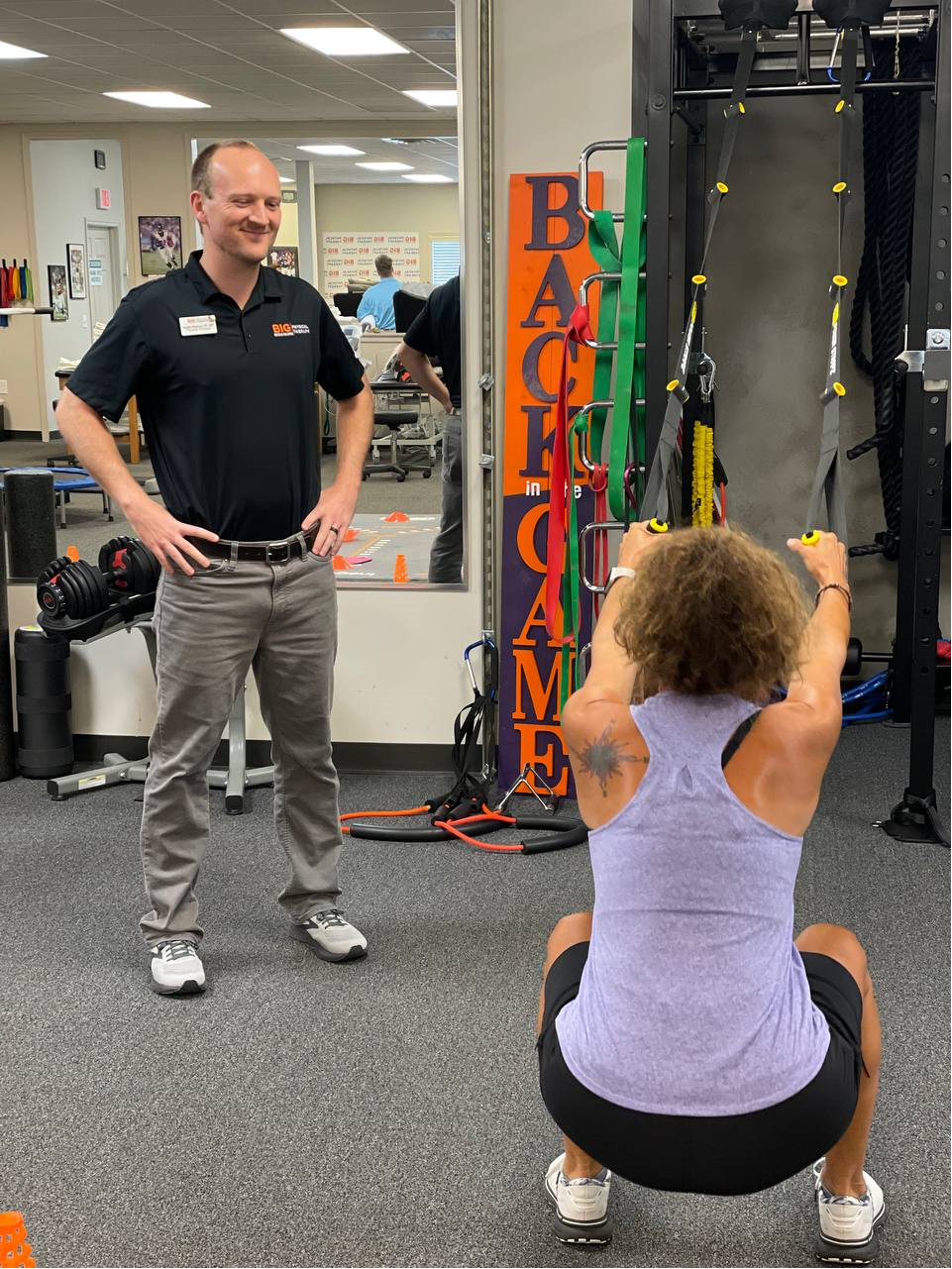
What is Musculoskeletal Therapy?
According to Johns Hopkins Hospital, "A musculoskeletal rehabilitation program is a doctor-supervised program designed for people with impairments or disabilities due to disease, disorders, or injury to the muscles, tendons, ligaments, or bones. Musculoskeletal rehab programs can often improve the person's ability to function, reduce symptoms, and improve the person's well-being."
Physical therapists utilize advanced soft tissue techniques to help patients regain mobility, treat injury, prevent further injury, and increase their range of motion. Many people who undergo physical therapy rehab treatment find that they have less pain over time, and that they have a greater understanding of how to move their body to stop their injury from becoming worse. The results of physical therapy differ from person to person, and can be heightened by following an at-home program designed to enhance the effects of treatment. Musculoskeletal concepts are at the core of every treatment a physical therapist performs.
Your physical therapist may work with other members of your care team, including remedial massage therapists, chiropractors, and other care providers.
Conditions that Benefit from Physical Therapy and Musculoskeletal Rehab
If you've experienced a soft tissue, muscular, or bone-related injury, you may be wondering whether physical therapy is the right fit for your needs. Meeting with a physical therapist can help you understand whether this type of treatment may benefit your condition. When you meet with your physical therapist for a evaluation, you'll talk about your goals for treatment, whether you're working to rehabilitate an injury or chronic pain, as well as any limiting factors your therapist needs to consider when creating your treatment plan.
Your physical therapist will work with you to explain their approach to treatment, and together, you'll decide whether it's a good fit for your condition.
Physical therapists can help to rehabilitate a wide number of health conditions, including:
- Trauma injuries resulting from falls, car accidents, sports, and more
- Back pain (both chronic and acute, including sciatica)
- Amputation (surgical and non-surgical)
- Tendon tears (including tears of the rotator cuff and the Achilles tendon)
- Arthritis
- Osteoporosis
- Surgical recovery
- Certain types of cancer (including bone tumors)
- Injuries caused by repetition (such as carpal tunnel syndrome)
- Joint injuries (including strains, sprains, etc.)
- Joint replacement
- Shin splints
- Headaches
Over time, your physical therapist will evaluate your progress and adjust your treatment plan to ensure that you're continuing to make progress toward your goals. It's important to talk to your therapist about any new issues you're experiencing with your injury, as they might necessitate an adjustment to their approach.
What Does Treatment Involve?
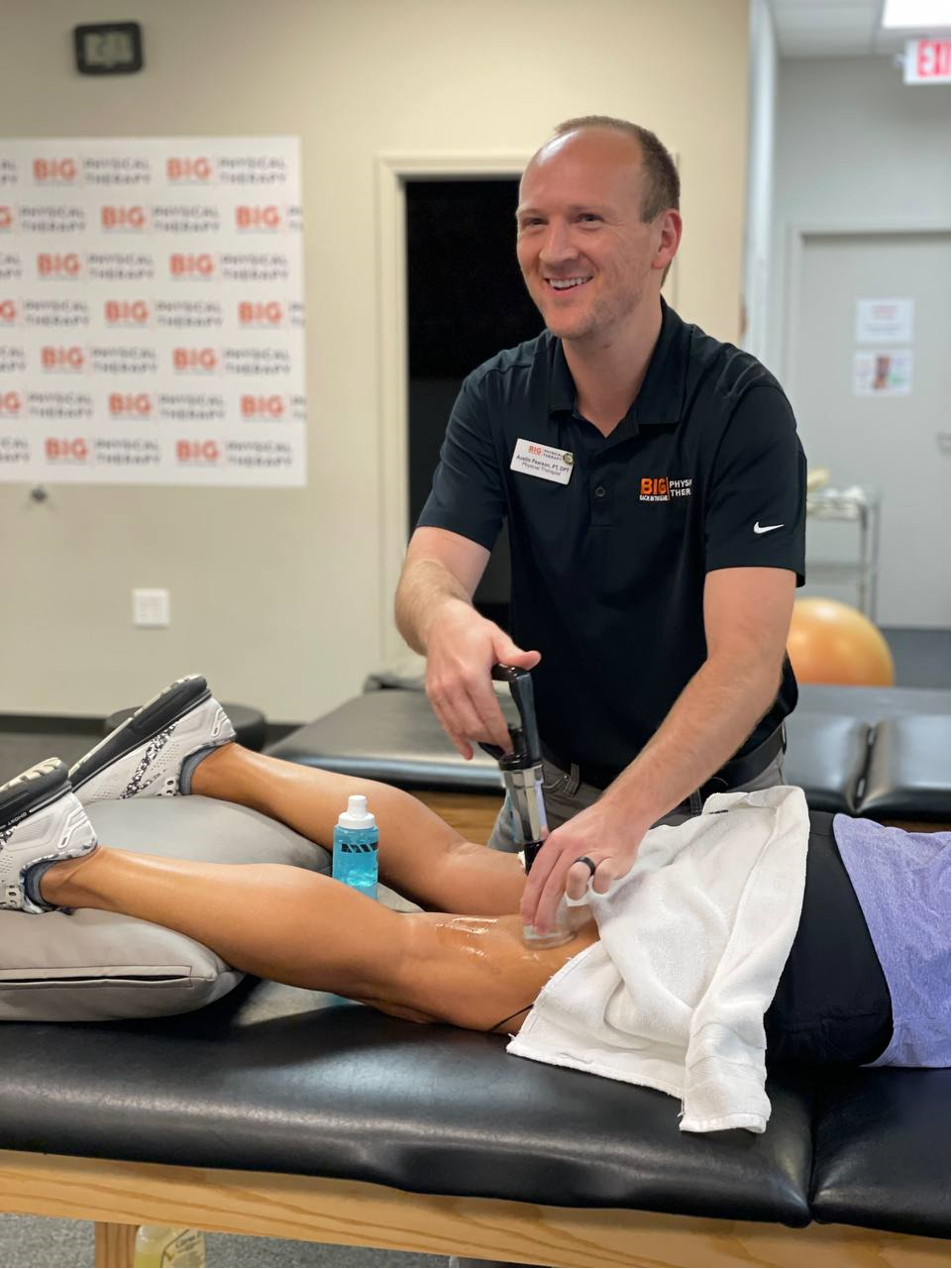
Often, your physical therapist will be a part of your larger treatment team, especially if you've undergone a serious injury. Your therapist may work with your primary care doctor, physical therapist, and other treatment specialists to fully understand your condition.
At your first appointment, office staff will work with you to get a full picture of your health history. You'll also talk in detail about your injury, allowing your treatment team to begin to develop a plan to get your health back on track.
Following your evaluation, your physical therapist will walk you through a number of tests designed to establish a baseline for your injury. This will help your treatment team understand your starting point, and can be helpful for measuring your forward progress as your body begins to heal. Initial testing may include observation of your injury, range of motion testing, and observation of how you sit, stand, and walk.
Physical therapy involves hands-on treatment. Your therapist will talk with you about their treatment plan and their recommendations for supportive treatment, which may include lymphatic drainage,
dry needling, neural stretching, neuromuscular techniques, cupping, and more.
Your therapist will likely also talk with you about steps that you can take in your day-to-day life to help you boost the effects of your treatment session. This may include asking you to make changes to your diet, start an at-home exercise program, or incorporate stretches into your routine. The more you're able to stick to the plan between your physical therapy sessions, the faster you'll be able to make progress toward living with less pain.
Benefits of Physical Therapy
In addition to providing pain relief, your physical therapist may be able to provide additional information to other members of your treatment team, helping them to further understand your injury and create the most effective treatment plan for you.
Physical therapy patients often gain a new understanding of their bodies, allowing them to prevent further injury and move their bodies in ways that prevent further injury. Gaining knowledge of how the body is healing through the musculoskeletal therapy process can help patients understand how their body is working to heal, and can provide them with new motivation to continue the recovery process.
About the Author
Austin Pearson
Physical Therapist Assistant
Specialties: Orthopedic Injuries, Chronic Pain
Certifications: Dry Needling, Spinal Manipulation, Champion Performance Specialist (C-PS)
Location(s): Flowery Branch, GA
Contact
Request an appointment
